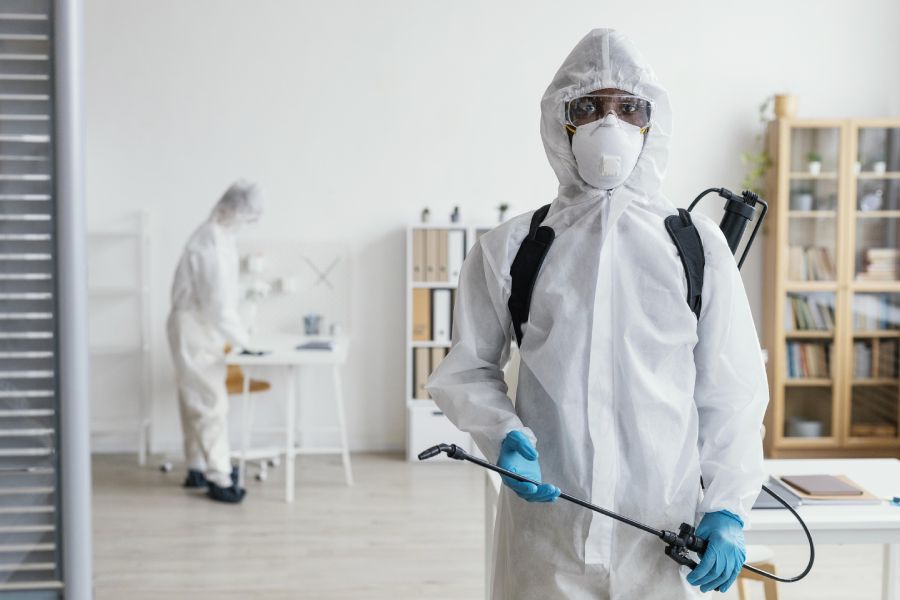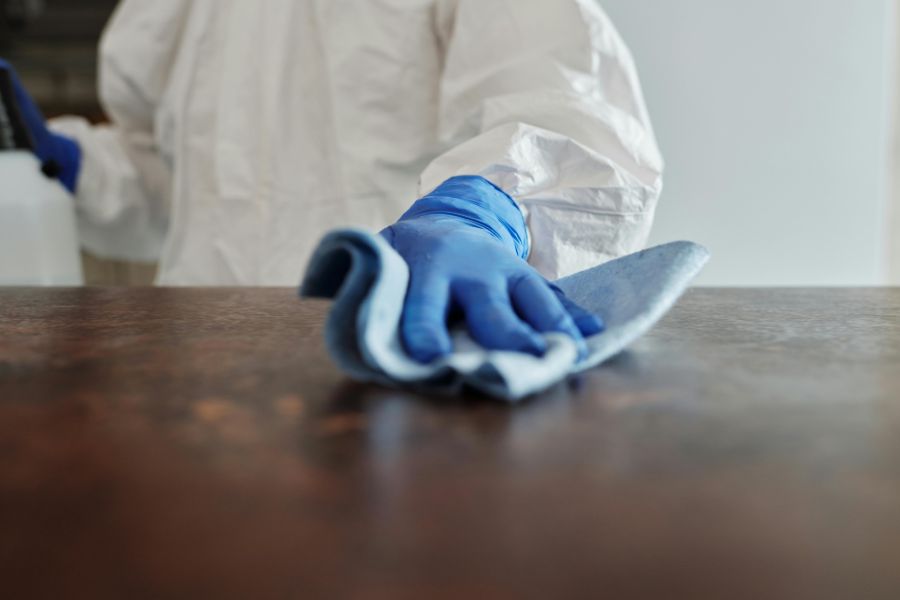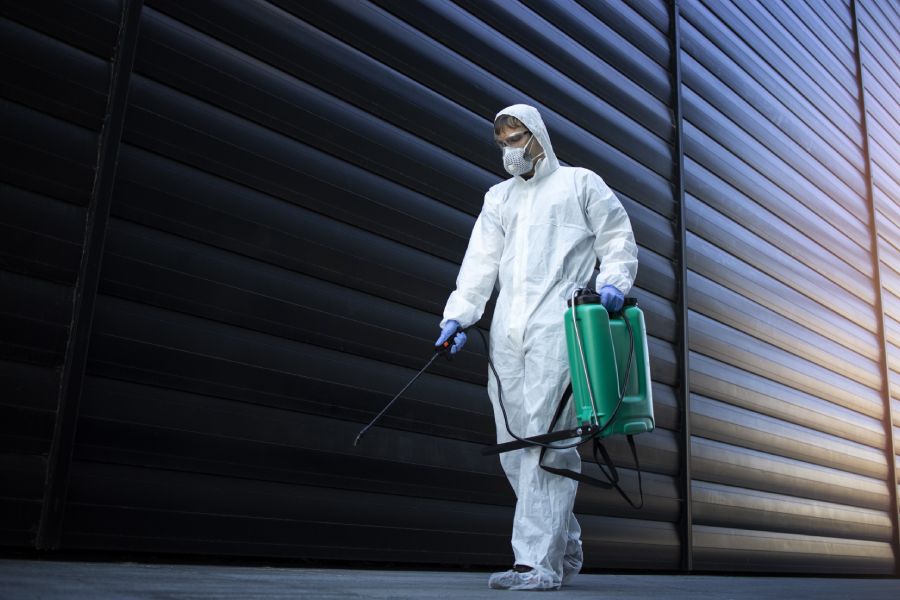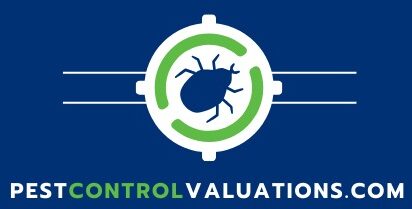How to Determine the Value of Your Pest Control Business (Part 2: Operational and Market Factors)

Introduction
While financial metrics provide the foundation for valuing your pest control business, operational efficiency and market position are equally important factors that can either amplify or detract from that valuation. These elements show buyers how your business functions on a day-to-day basis and how it is positioned within the competitive landscape.
In this blog post, we delve into the operational and market factors that play a pivotal role in determining your business’s worth, from streamlining processes to capitalizing on local market trends.
1. Operational Efficiency
Operational efficiency is the backbone of any successful business. For pest control companies, efficiency directly impacts profitability, customer satisfaction, and scalability.

Streamlined Scheduling: Utilizing software that automates technician scheduling and route optimization can minimize downtime, reduce fuel costs, and ensure timely service delivery. Buyers are drawn to businesses with systems in place to maximize technician productivity.
Maintenance and Equipment: Reliable and well-maintained equipment reduces disruptions and ensures consistent service quality. Buyers will value businesses with documented maintenance protocols and a clear plan for equipment upgrades.
Employee Productivity Metrics: Tracking metrics such as average service time per job and revenue per technician can showcase operational efficiency. Highlighting top-performing employees and robust training programs further adds to your business’s appeal.

2. Employee and Technician Retention
A skilled and loyal workforce is a critical asset in the pest control industry. High employee turnover can signal management challenges and disrupt service quality.
Experienced Technicians: Buyers will pay a premium for businesses with experienced, licensed technicians who require minimal training. Highlight their certifications and years of experience in your marketing materials.
Retention Strategies: Implement retention initiatives such as competitive compensation packages, ongoing training, and performance bonuses to keep your workforce engaged and loyal.
Leadership Continuity: A solid management team that can remain post-sale assures buyers of operational continuity, reducing their risk during the transition period.
3. Market Share and Competitive Position
Your position in the local or regional market can significantly impact your valuation. Buyers will assess your market share, brand reputation, and growth potential when determining your business’s worth.

Dominance in the Market: Being a recognized leader in your service area, particularly in underserved regions, makes your business more attractive. Highlight customer demographics and regional demand for pest control services.
Reputation and Reviews: Positive online reviews and a strong local reputation are invaluable assets. Encourage satisfied customers to leave reviews on platforms like Google and Yelp to bolster your business’s credibility.
Barriers to Entry: If your market has high barriers to entry—such as licensing requirements, equipment costs, or a strong network of established clients—this can enhance your valuation by reducing the threat of new competitors.

4. Growth Potential and Scalability
Buyers are often more interested in a business’s future potential than its current state. Highlighting scalable aspects of your business can elevate your valuation significantly.
Service Diversification: Offering a range of services, such as termite control, wildlife management, or eco-friendly pest solutions, can increase your revenue streams and appeal to a broader customer base.
Geographic Expansion: If your business has potential for expansion into neighboring cities or states, outline a clear roadmap. Buyers will see this as an opportunity to grow the business.
Recurring Revenue Opportunities: Beyond contracts, look for ways to upsell or cross-sell services. For example, bundling annual pest inspections with seasonal treatments can boost recurring revenue.
5. Documentation and Operational Transparency
Operational transparency builds trust with buyers and facilitates a smoother transition.
- Standard Operating Procedures (SOPs): Documenting workflows for key processes, such as service delivery, billing, and customer communication, ensures continuity post-sale.
- Customer Retention Metrics: Include data on customer retention rates, repeat service frequency, and average customer lifespan to demonstrate the stability of your business.
- Vendor and Supplier Relationships: Highlight strong relationships with reliable suppliers, as these connections ensure a steady supply of materials and equipment.


6. Regulatory Compliance and Licensing
Staying compliant with industry regulations is non-negotiable. Non-compliance can drastically reduce your valuation or even derail a sale.
- Up-to-Date Licensing: Ensure all technicians are properly licensed and that your business complies with state and federal regulations.
- Environmental Standards: Meeting eco-friendly standards, such as offering organic pest control solutions, can give you a competitive edge in today’s market.
- Insurance Coverage: Comprehensive insurance for your business, vehicles, and employees reassures buyers of reduced risk.
Conclusion
Operational and market factors paint a complete picture of your pest control business’s value beyond the numbers. By demonstrating efficient processes, a loyal workforce, and a dominant market position, you can significantly enhance your business’s appeal to prospective buyers.
In the next post, we’ll discuss the top 10 factors influencing the sale price of a pest control business, providing actionable tips for maximizing your value. Stay tuned for insights to help you prepare for a successful sale.
